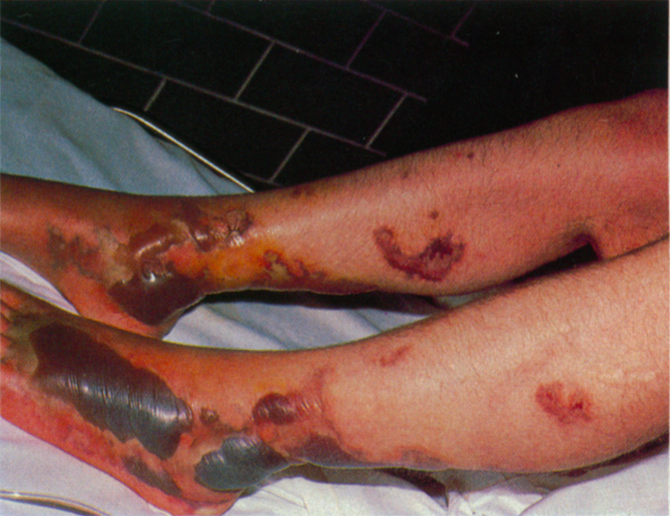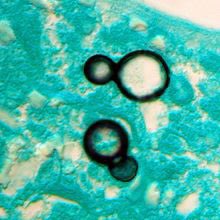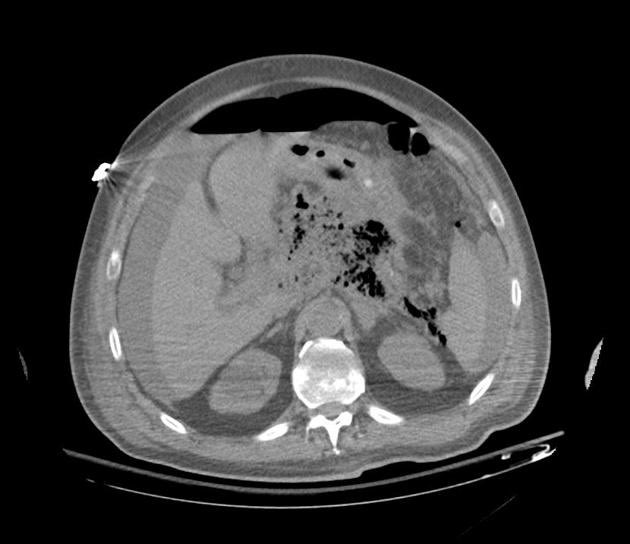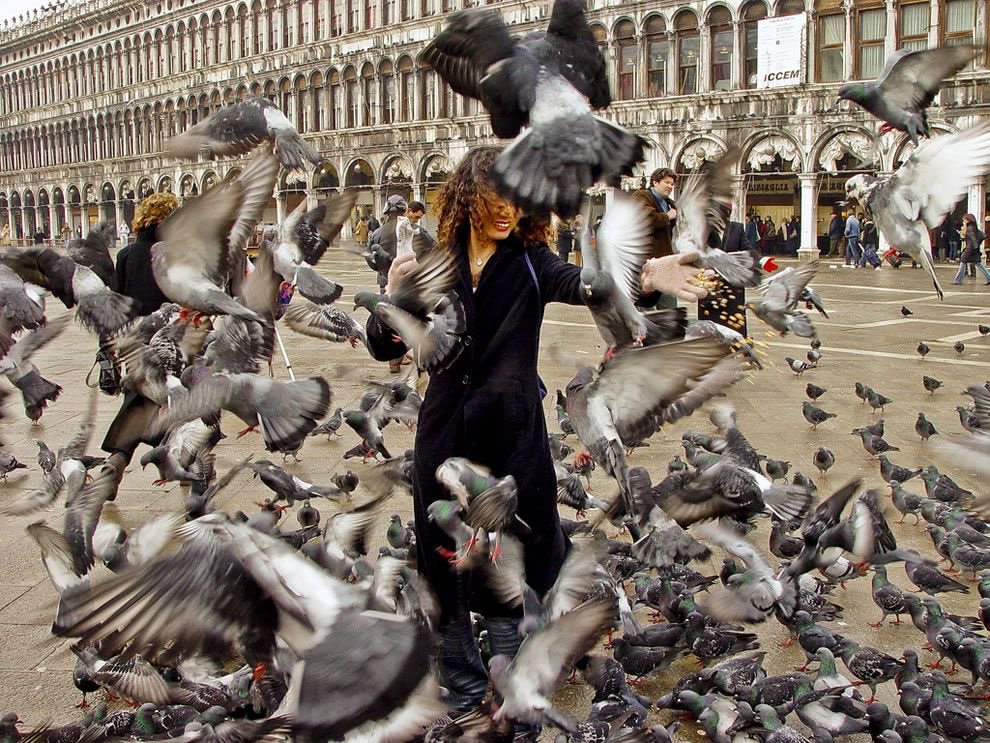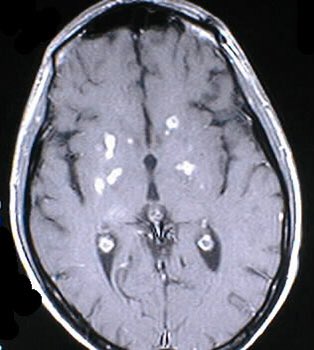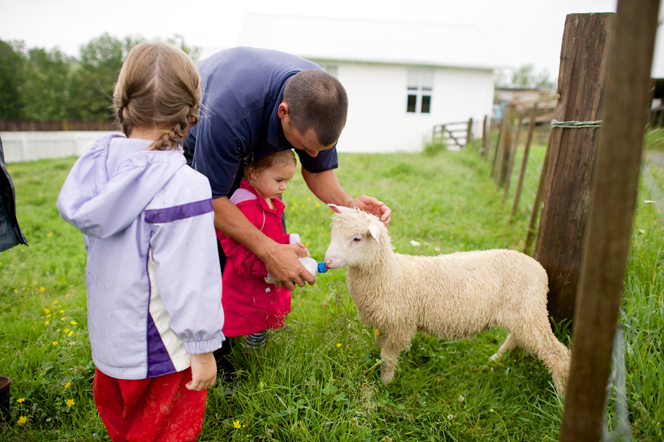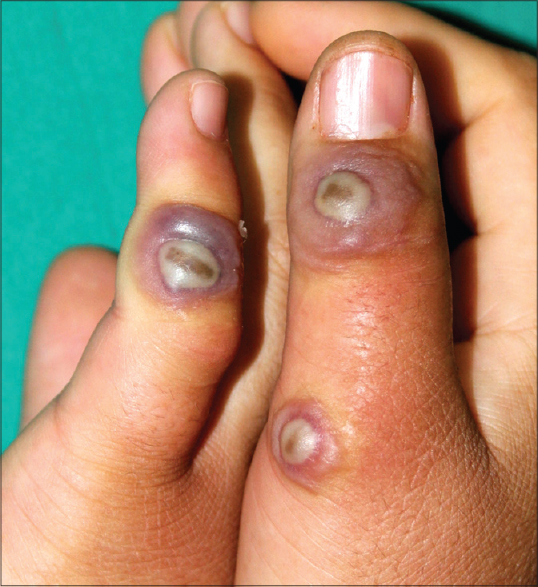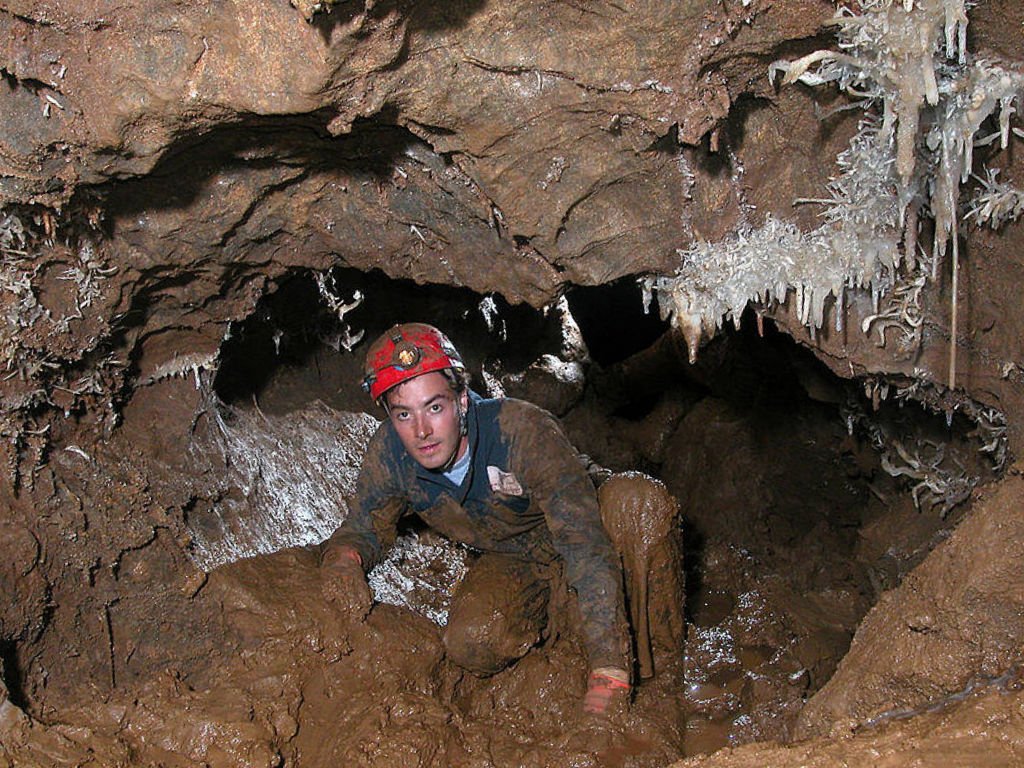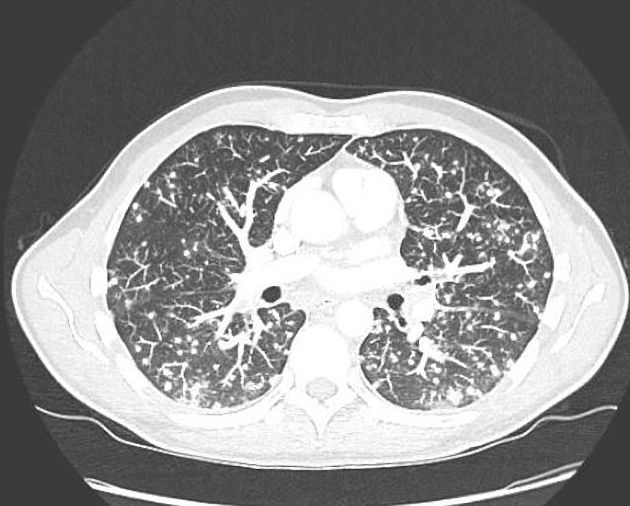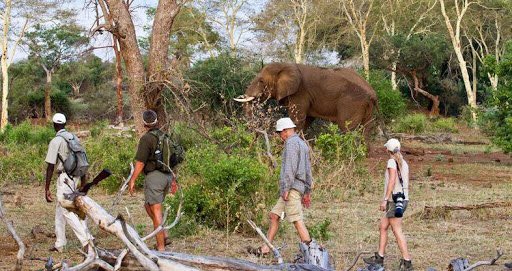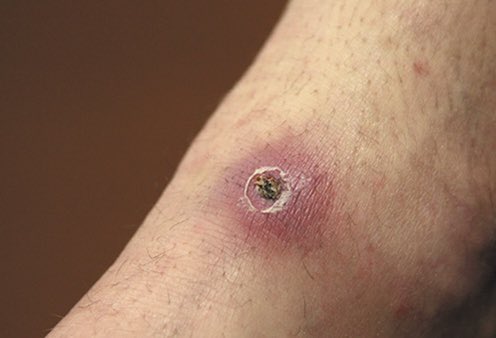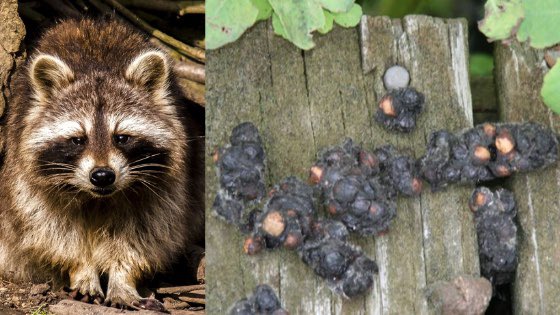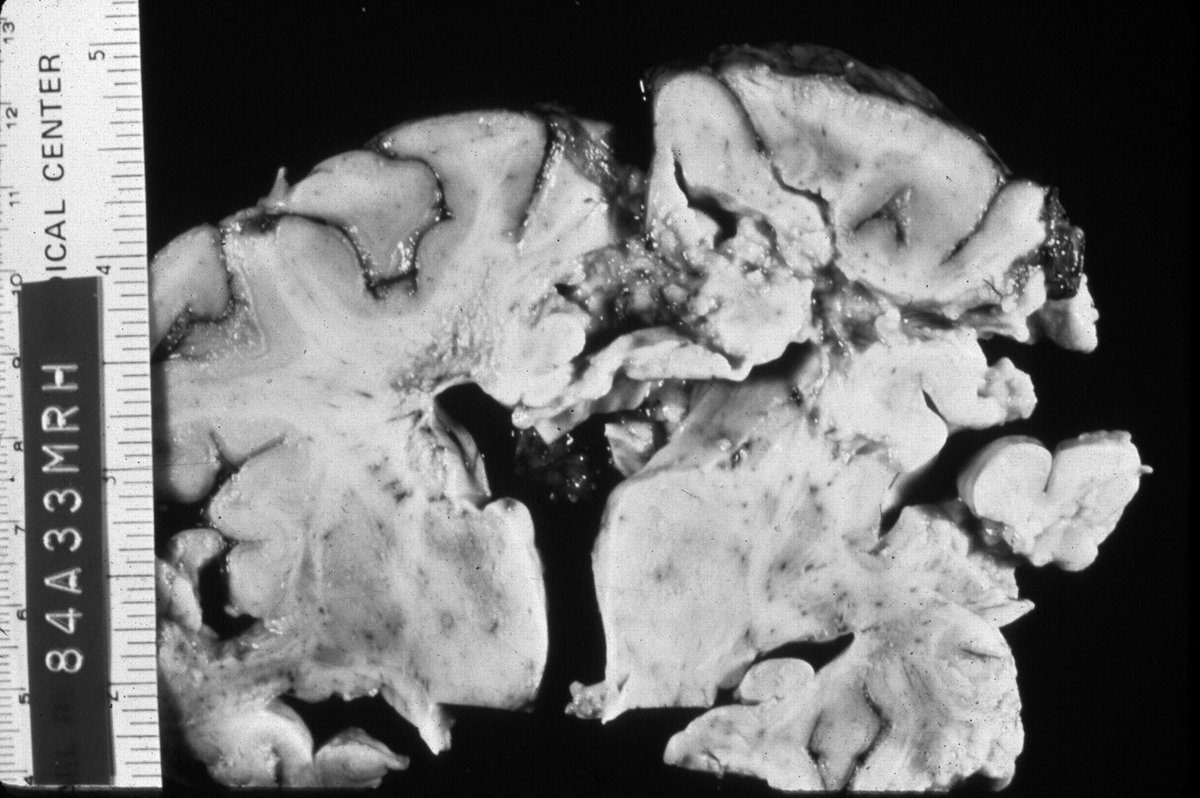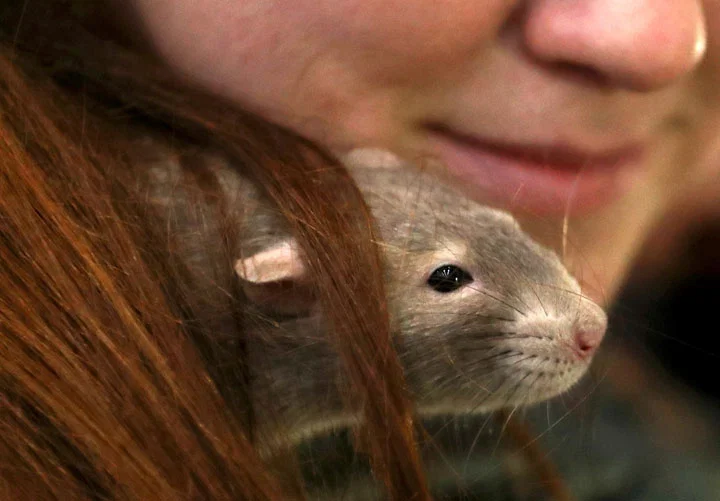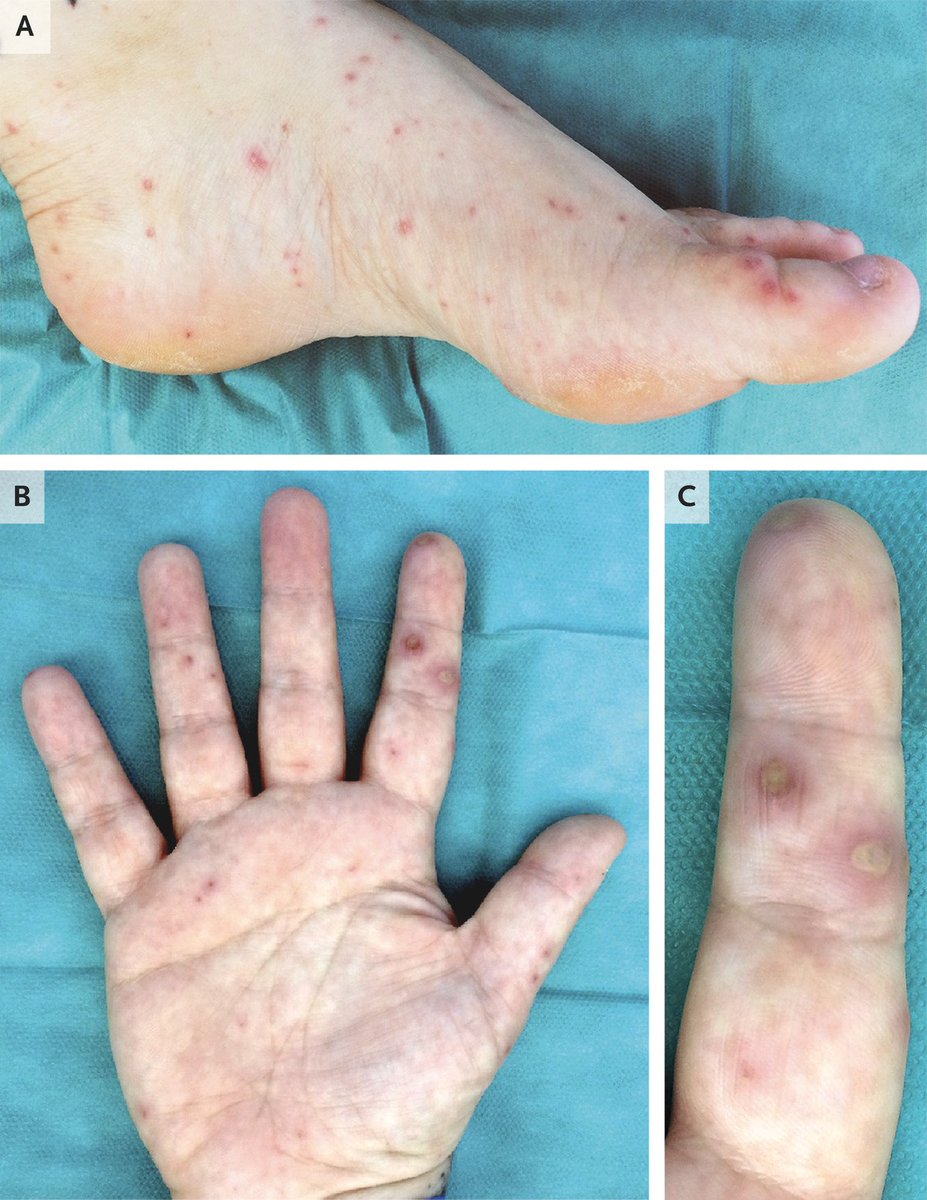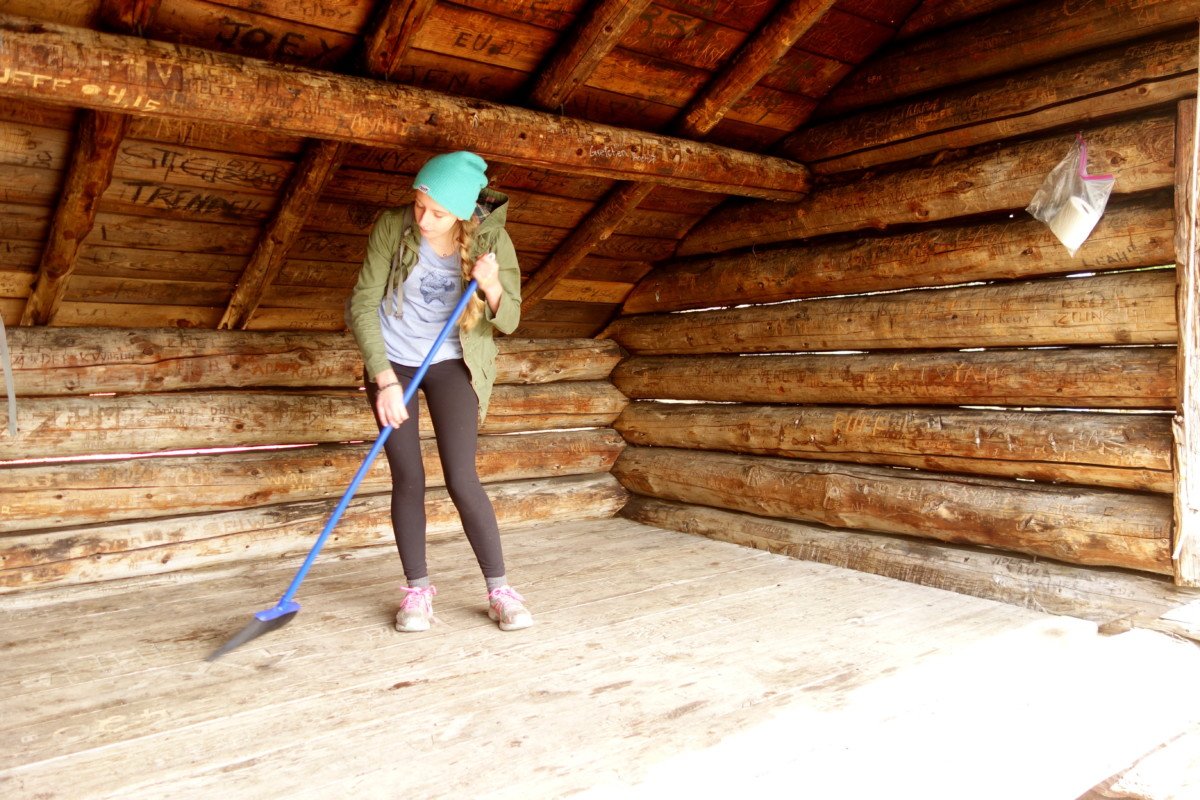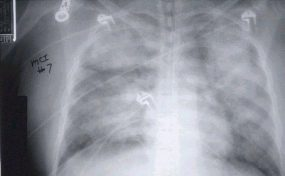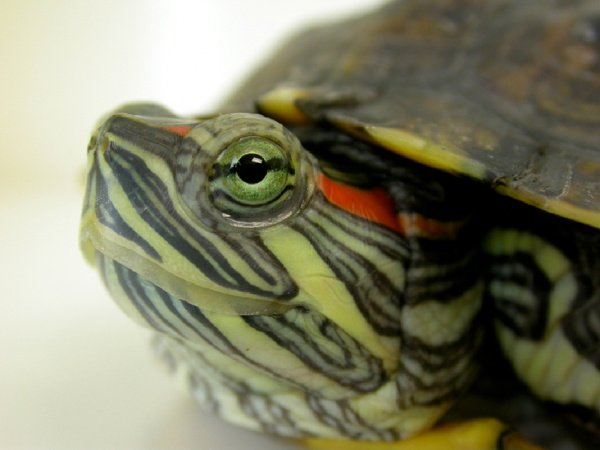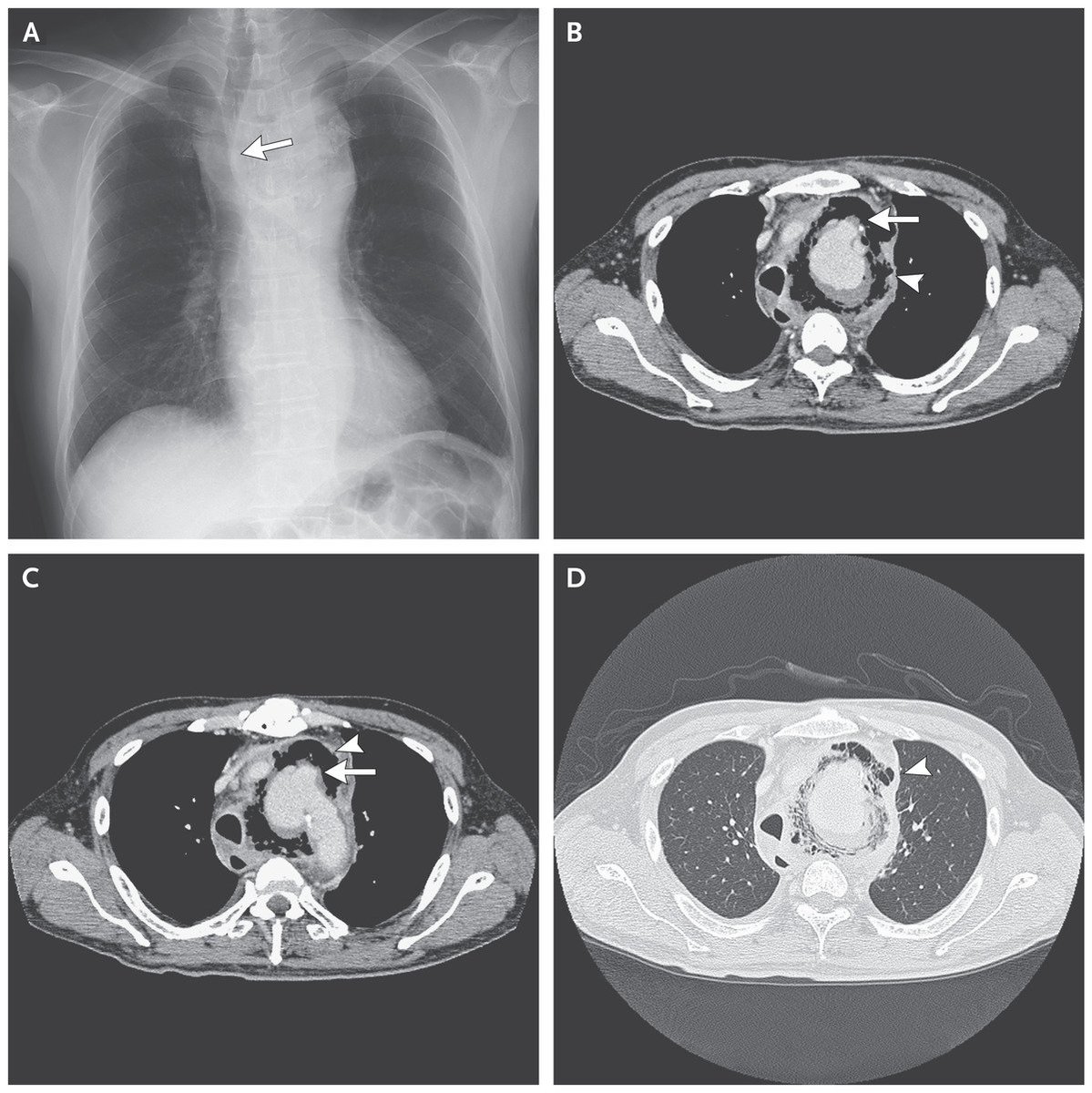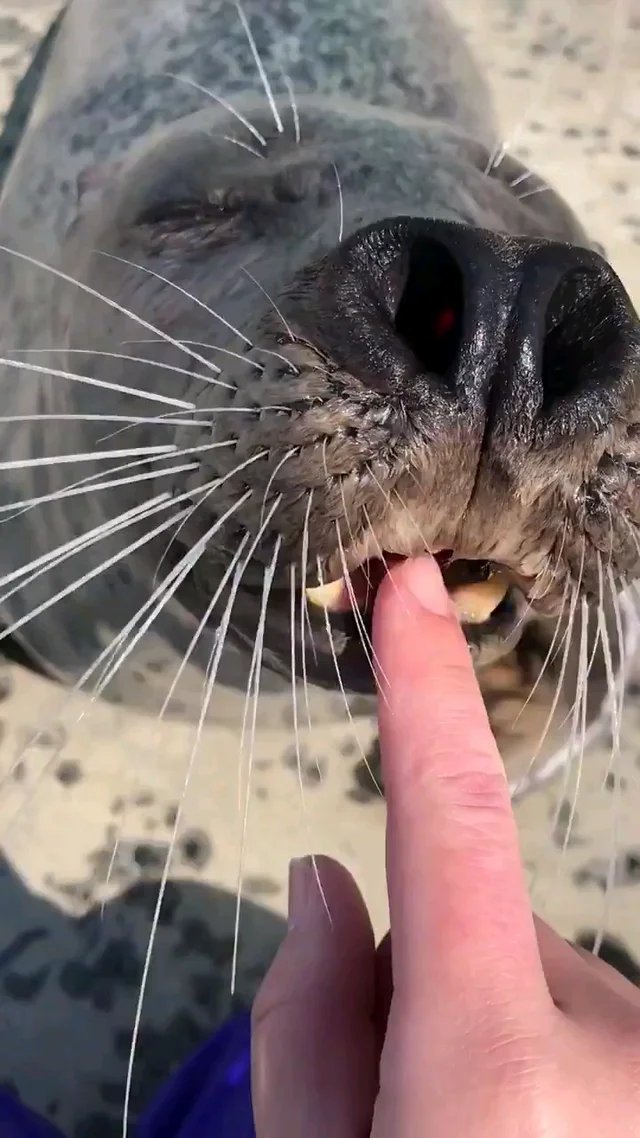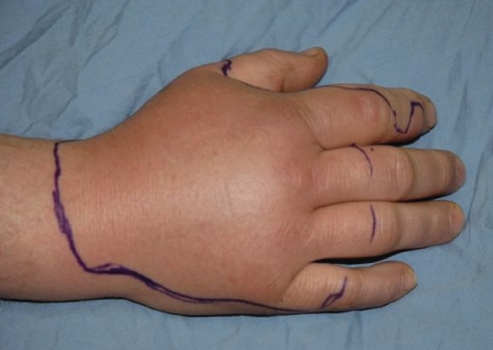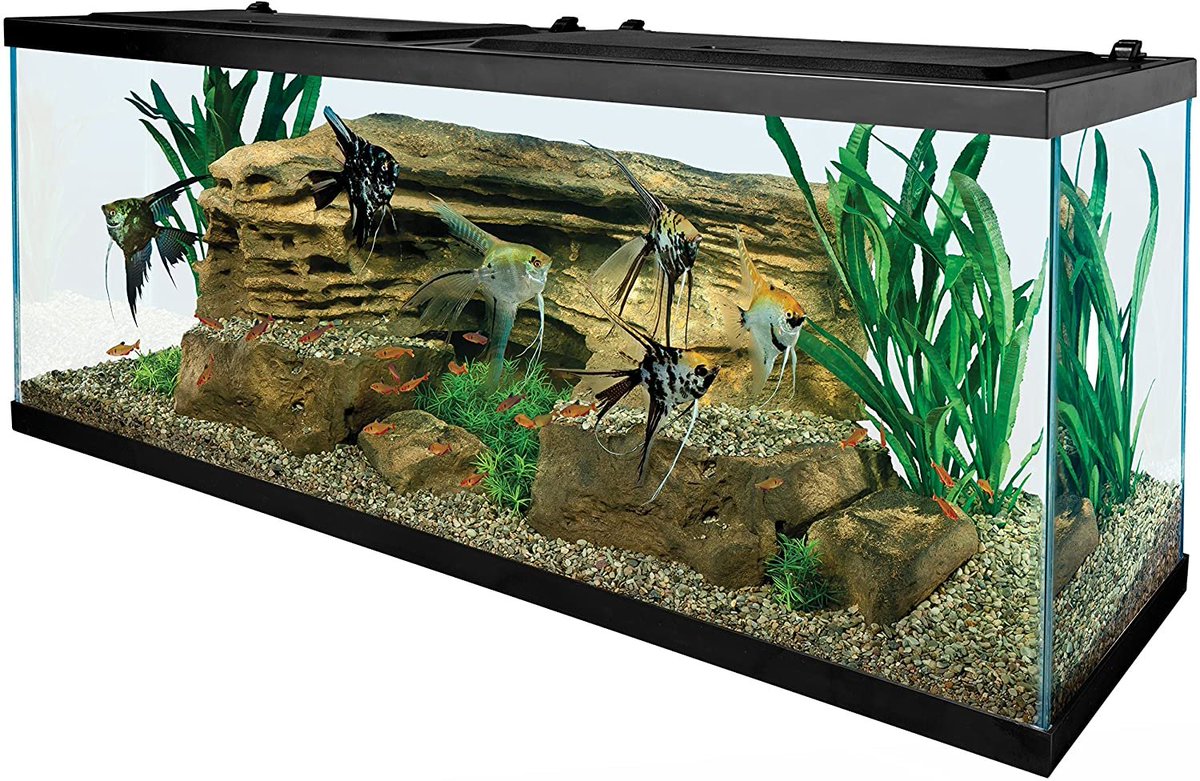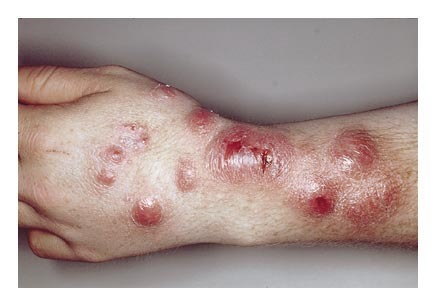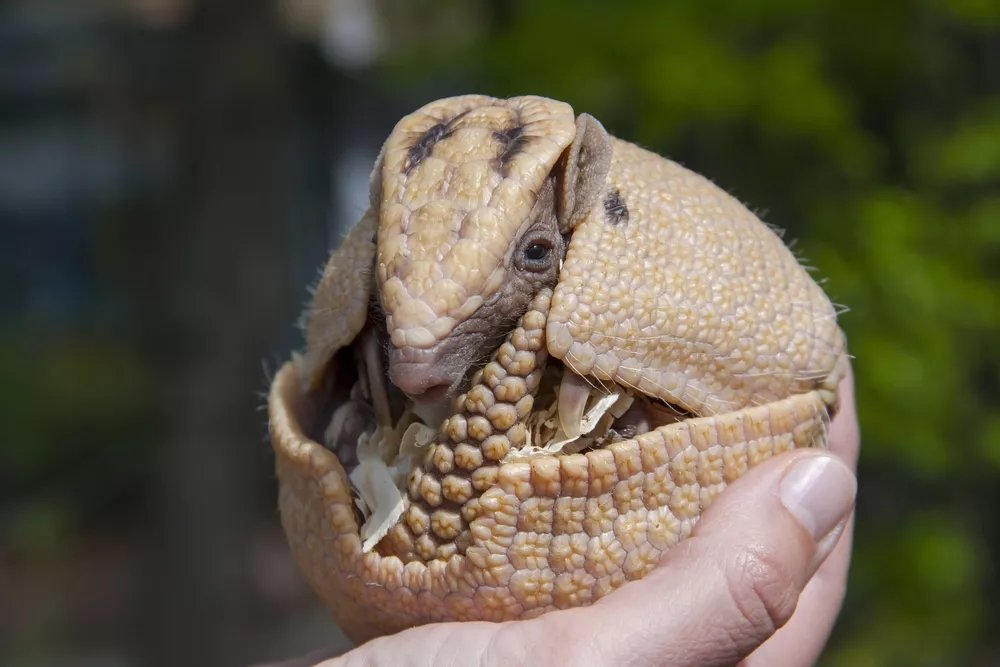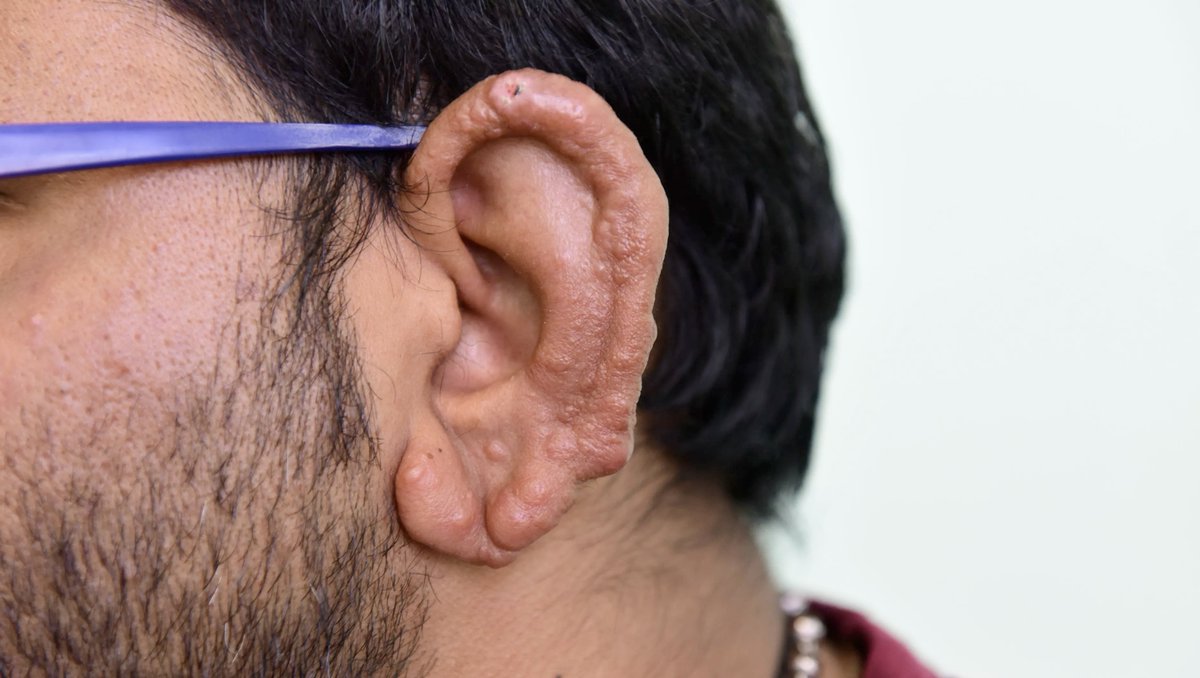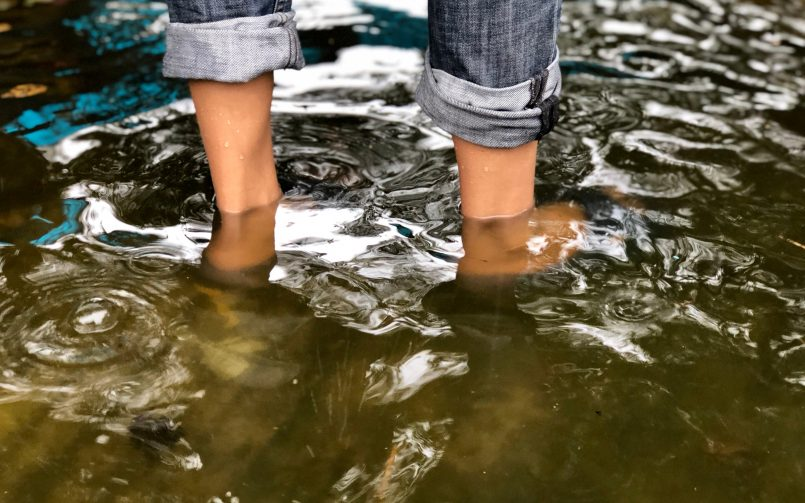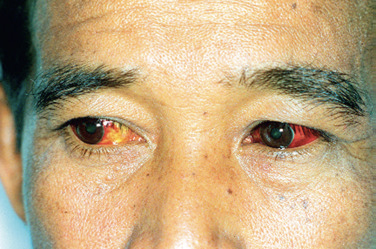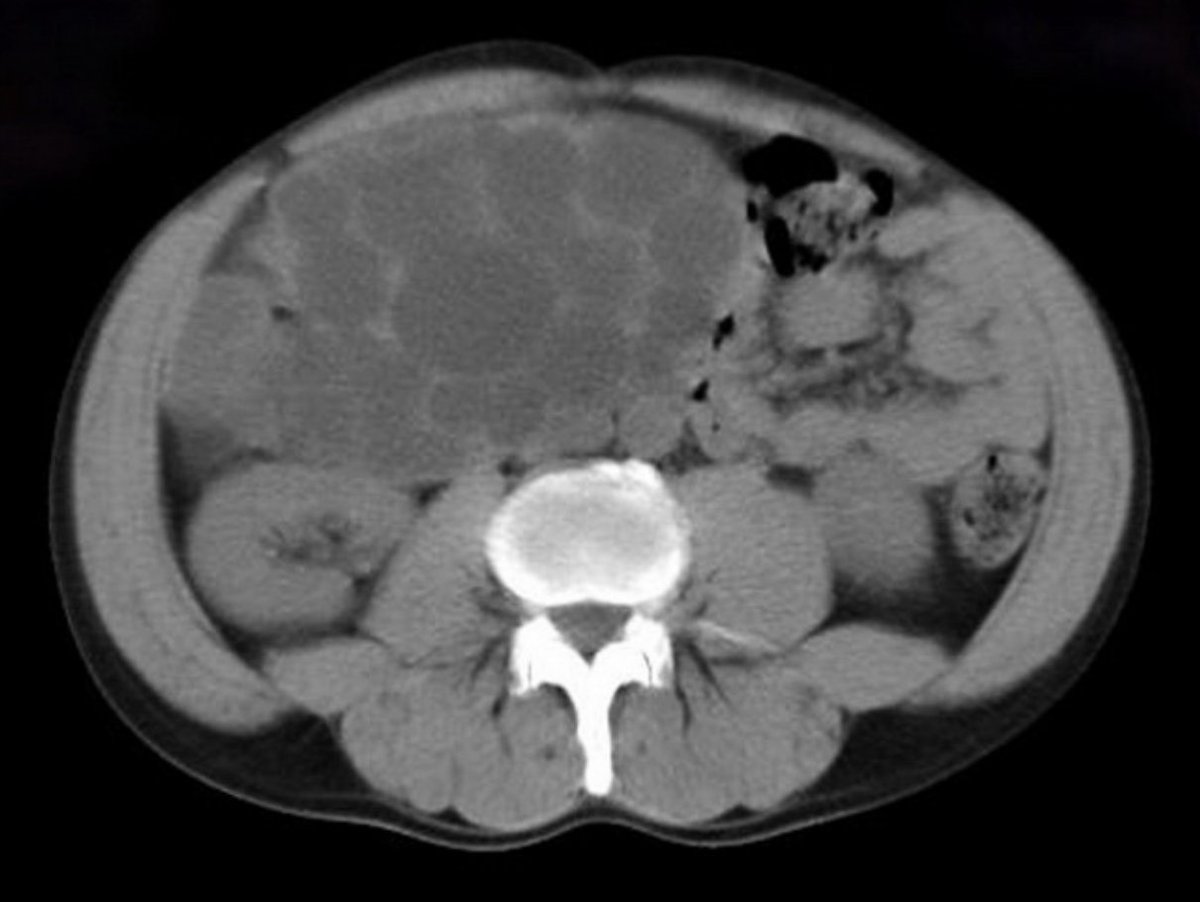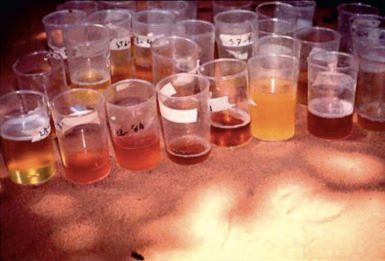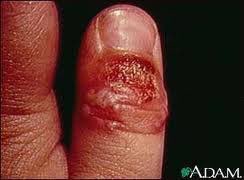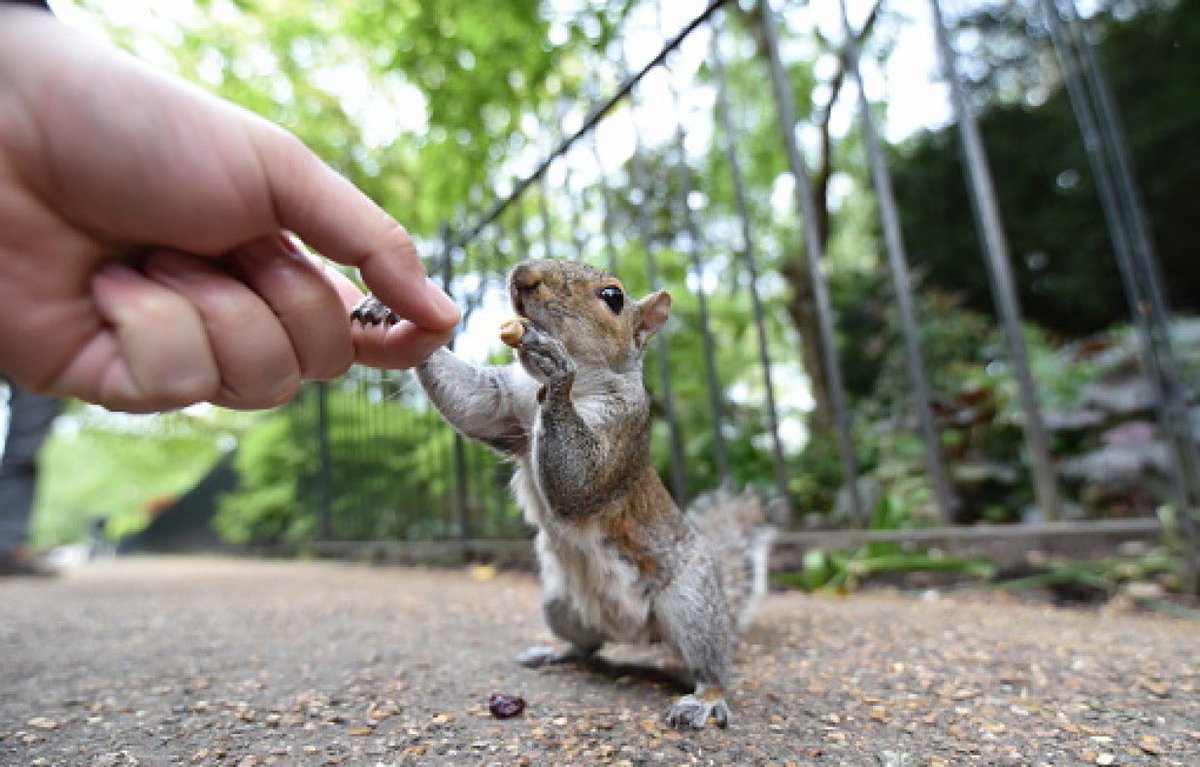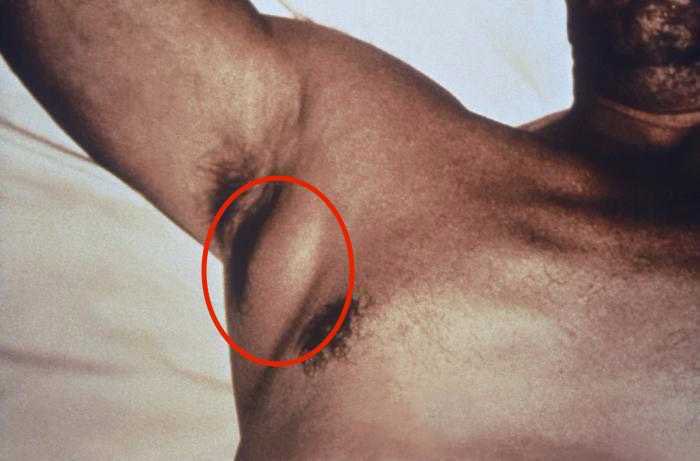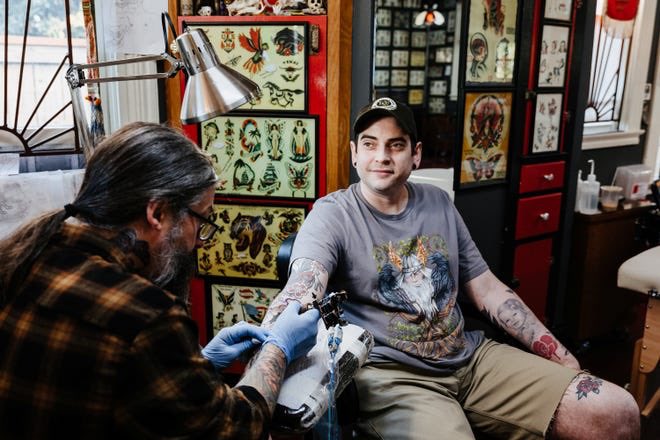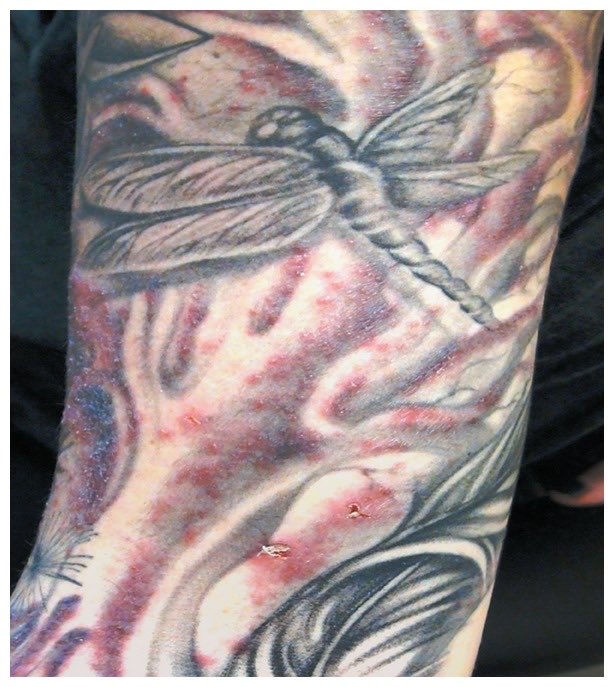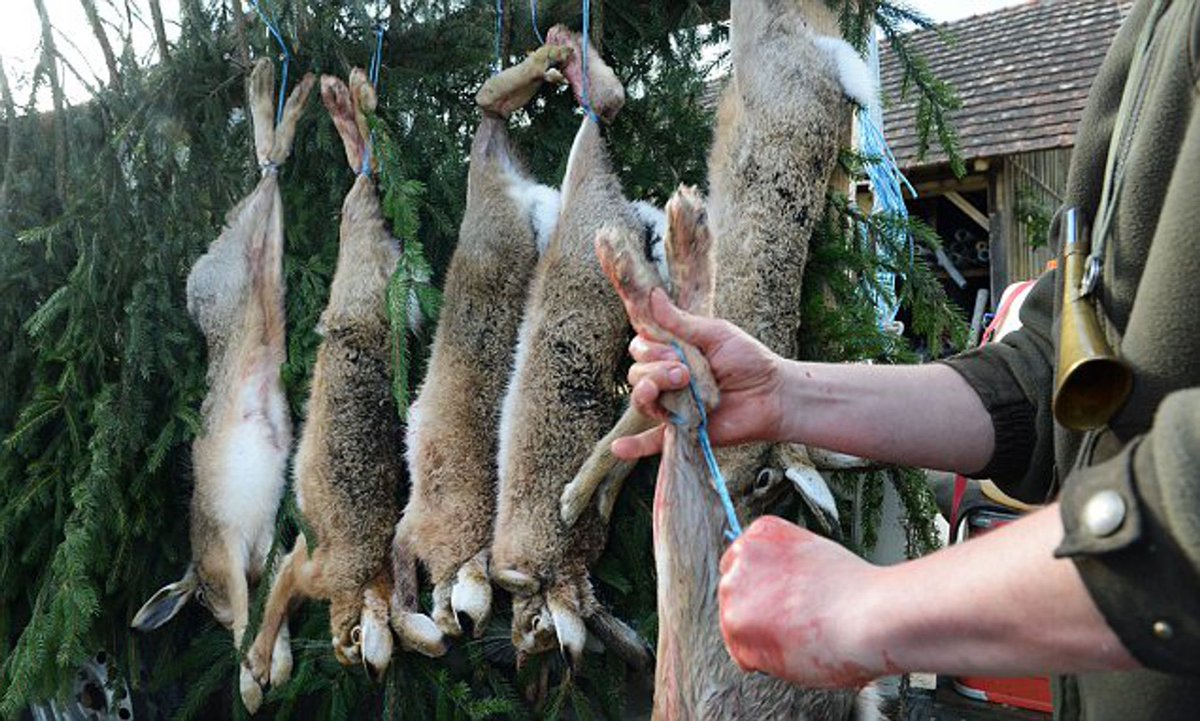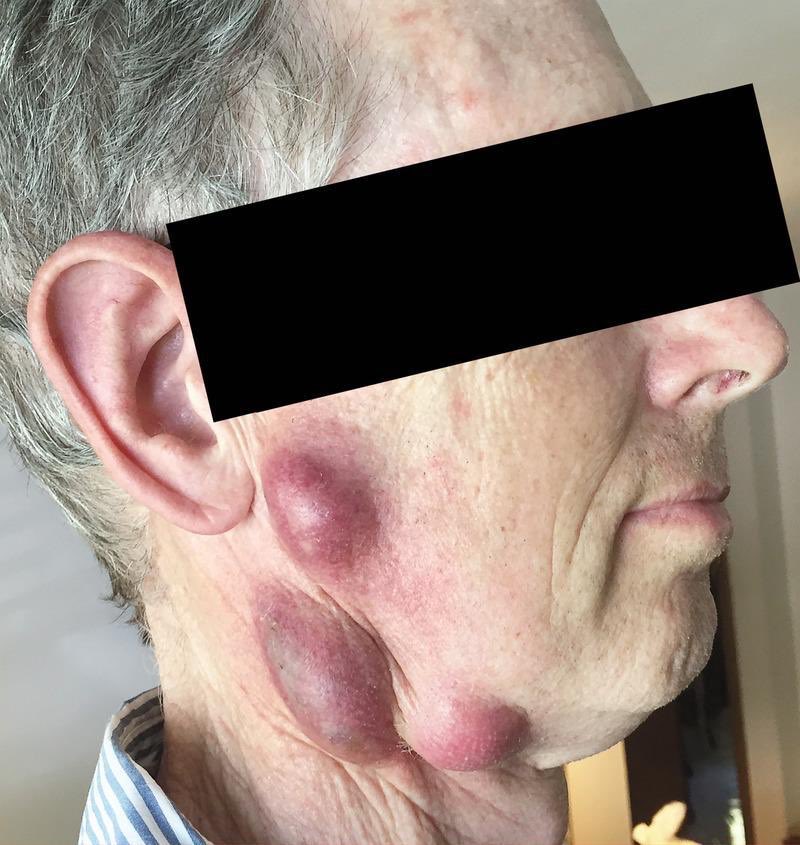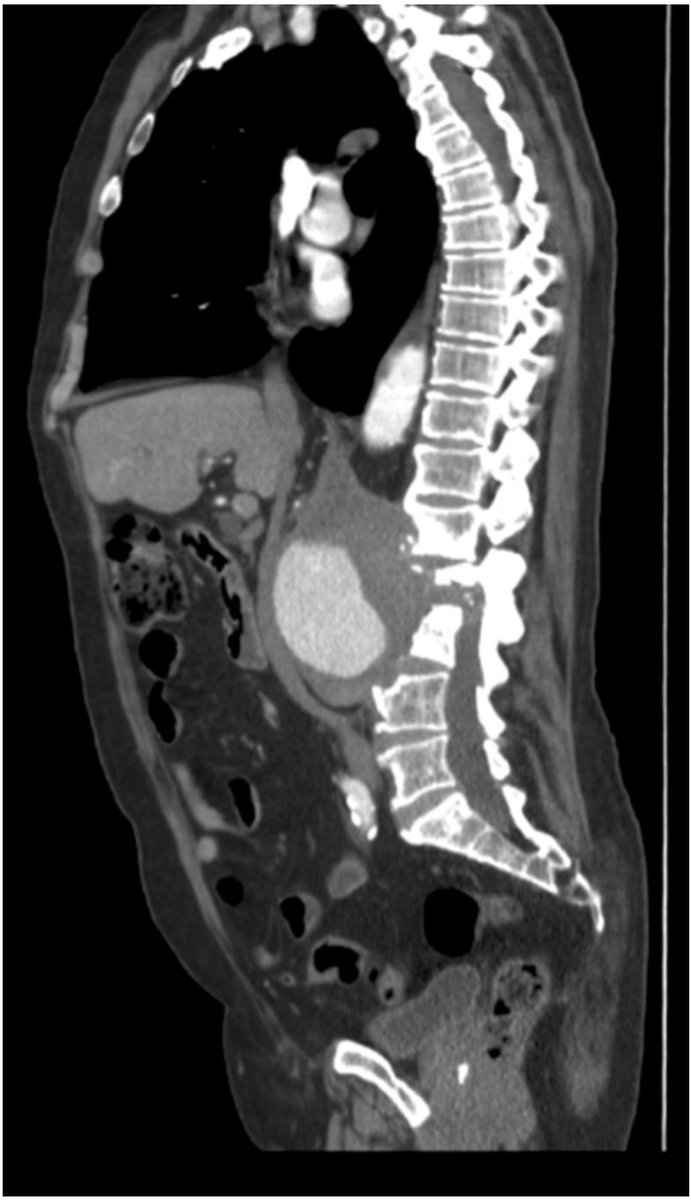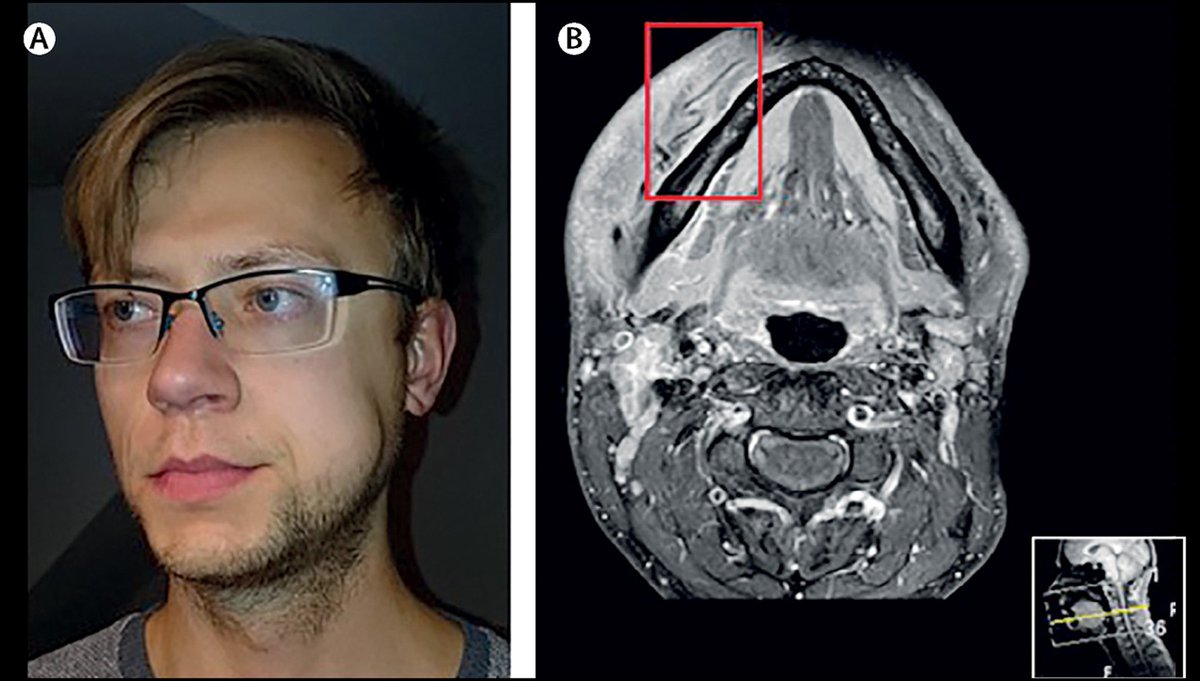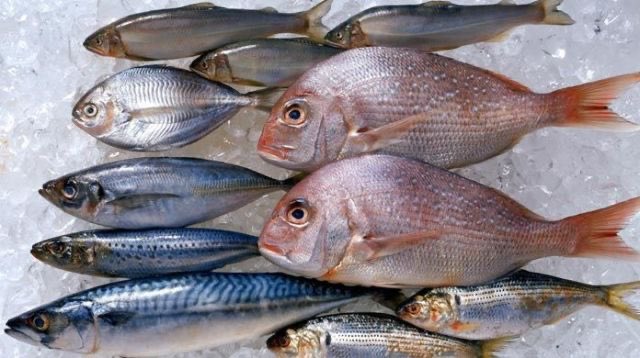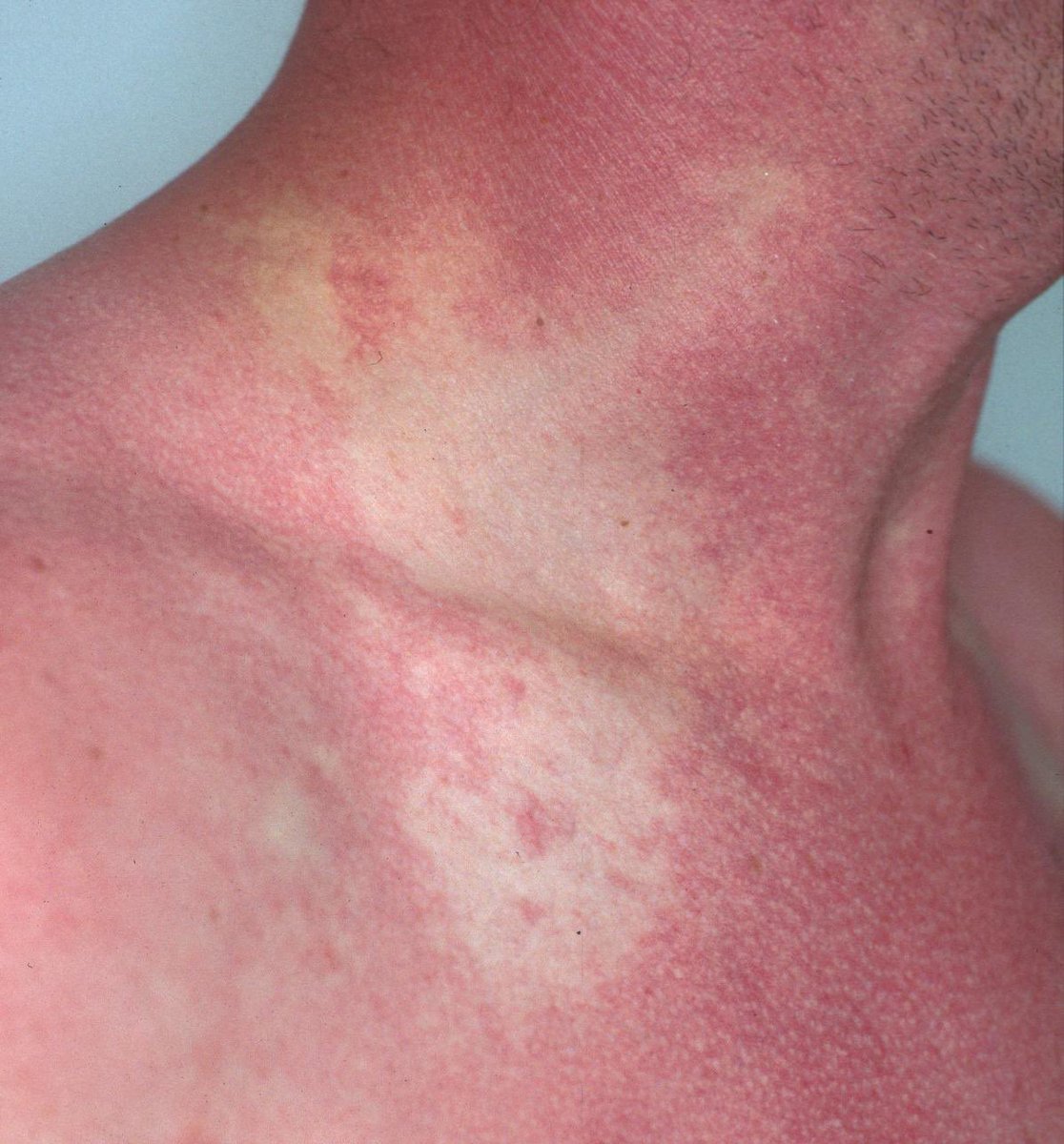I was asked to create an answer🔑 for these
1. Vibrio vulnificus hemorrhagic bullae from oysters (major risk factor is cirrhosis) cdc.gov/vibrio/vibrio-…
2. Blastomycosis associated with waterways (lakes and rivers) in provinces/states near great lakes cdc.gov/fungal/disease…
1. Vibrio vulnificus hemorrhagic bullae from oysters (major risk factor is cirrhosis) cdc.gov/vibrio/vibrio-…
2. Blastomycosis associated with waterways (lakes and rivers) in provinces/states near great lakes cdc.gov/fungal/disease…

3. Scorpion venom can lead to necrotizing pancreatitis sciencedirect.com/science/articl…
4. Cryptococcosis associated with pigeon droppings cdc.gov/fungal/disease…
4. Cryptococcosis associated with pigeon droppings cdc.gov/fungal/disease…
5. Orf, caused by Orfpox virus, transmitted from mouths of 🐐&🐑 to☝️✋ of people. cdc.gov/poxvirus/orf-v…
6. Histoplasmosis is caused by Histoplasma capsulatum, found in soil and areas contaminated by 🦇 or 🐦 guano. Spelunking a classic exposure ncbi.nlm.nih.gov/books/NBK44818…
6. Histoplasmosis is caused by Histoplasma capsulatum, found in soil and areas contaminated by 🦇 or 🐦 guano. Spelunking a classic exposure ncbi.nlm.nih.gov/books/NBK44818…

7. African tick bite fever is a rickettsial disease caused by Rickettsia africae. Classic risk factor is walking in wilderness areas (game parks) in S Africa or Zimbabwe. Note the eschar (tache noir) ncbi.nlm.nih.gov/books/NBK43112… 

8. Baylisascaris procyonis is the raccoon roundworm. If humans ingest the roundworm eggs (food contaminated by 🦝💩) can lead to eosinophilic encephalitis cdc.gov/parasites/bayl…
9. Rat bite fever caused by Streptobacillus moniliformis or Spirillum minus cdc.gov/rat-bite-fever/

9. Rat bite fever caused by Streptobacillus moniliformis or Spirillum minus cdc.gov/rat-bite-fever/


10. Hantavirus pulmonary syndrome caused by inhalation of hantavirus, associated with mouse droppings. Classic exposure is sweeping (aerosolizing) an old cabin cdc.gov/hantavirus/hps…
See this CDC infographic on distinguishing Hantavirus pulmonary syndrome from COVID-19
See this CDC infographic on distinguishing Hantavirus pulmonary syndrome from COVID-19

11. Pet reptiles can carry Salmonella enteritidis which can cause diarrheal syndrome or rarely aortitis cdc.gov/salmonella/
12. Seal finger is caused by Mycoplasma phocacerebrale; and infection usually occurs on the hand following bite by a seal academic.oup.com/cid/article/27…
12. Seal finger is caused by Mycoplasma phocacerebrale; and infection usually occurs on the hand following bite by a seal academic.oup.com/cid/article/27…

13. Fishtank granuloma is caused by Mycobacterium marinum, found in marine environments and 🐟 tanks. Usually occurs on hands/arms as lymphocutaneous nodules after cleaning fishtank without gloves cfsph.iastate.edu/Factsheets/pdf… 

14. In the southern US, Armadillos are zoonotic reservoirs of Mycobacterium leprae, the cause of leprosy. cdc.gov/leprosy/transm… 

25. Brucellosis is acquired from animal products - usually unpasteurized dairy. Can present with undulating fever syndrome, vertebral osteomyelitis cdc.gov/brucellosis/in… 

26. Leptospirosis is caused by Leptospira. Risk factor is exposure to water contaminated with rat urine - most commonly after flooding cdc.gov/leptospirosis/ 

27. Alveolar echinococcosis is caused by Echinococcus multilocularis. The adult tapeworm is found in 🦊, coyotes, 🐕 (fed offal from infected 🐑). People can ingest tapeworm eggs via food or water contaminated with canine poo. cdc.gov/parasites/echi… 

28. Genitourinary schistosomiasis is caused by Schistosoma haemotobium, acquired by contact with freshwater in parts of Africa which has been contaminated by infected snails. Most common sign/symptom is hematuria (bloody urine). cdc.gov/parasites/schi… 

29. Macaques can carry B virus (or herpes B virus), and 🐵bites or scratches can lead to infection in people. Vesicular skin lesions may appear but most feared result is encephalitis (brain inflammation) which can be fatal. cdc.gov/herpesbvirus/ 

30. Yersinia pestis, the bacteria that causes plague, can be carried by rodent fleas which in turn can be carried by rodents like squirrels & prairie dogs in the Southwest US. Classic finding of "bubos" (lymphadenopathy) cdc.gov/plague/transmi… 

31. Mycobacterium chelonae infection can complicate tattoos. nejm.org/doi/full/10.10…
32. Tularemia caused by Francisella tularensis. From handling carcasses of infected rabbits, or bites from infected arthropods. Look for 🐇 burrows when lawn mowing! cdc.gov/tularemia/
32. Tularemia caused by Francisella tularensis. From handling carcasses of infected rabbits, or bites from infected arthropods. Look for 🐇 burrows when lawn mowing! cdc.gov/tularemia/

33. Q fever is caused by Coxiella burnetti. It is associated with exposures to farms or abattoirs, and classic association with birthing sheep, goats, cattle. cdc.gov/qfever/ 

35. Scombroid is a histamine-release syndrome from consuming spoiled seafood. Classic fish associated: tuna, mackerel, mahi-mahi, sardines, anchovies, herring, bluefish, amberjack, and marlin.
wwwnc.cdc.gov/travel/page/fi…
wwwnc.cdc.gov/travel/page/fi…
37. Sporothrix schenckii associated with sphagnum (peat) moss, though rose thorns get more attention! Classically, lymphocutaneous (sporotrichoid) nodules ascending up arm. In Brazil, zoonotic sporothrichosis is by S. brasiliensis from cat scratches
cdc.gov/fungal/disease…
cdc.gov/fungal/disease…

38. Phytophotodermatitis is a blistering skin reaction that occurs when skin makes contact with certain plants - most notoriously (for exam purposes): citrus juices - combined with UVA radiation from ☀️dermnetnz.org/topics/phytoph… 

39. Syphilis. 'Nuff said. These are skin lesions on palms, characteristic of secondary syphilis cdc.gov/std/syphilis/s… 

40. Probably goes without saying. Rose garden ceremony was a COVID-19 superspreader event. Wear a mask!
Hope this was fun and helpful - sorry to anyone given new fears from this (definitely not the intention).
Bottom line: Wash & cook your food properly, & use common sense!
Hope this was fun and helpful - sorry to anyone given new fears from this (definitely not the intention).
Bottom line: Wash & cook your food properly, & use common sense!
• • •
Missing some Tweet in this thread? You can try to
force a refresh


